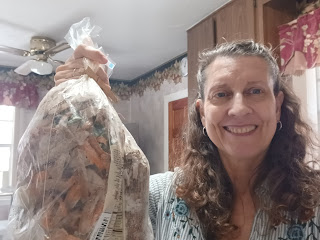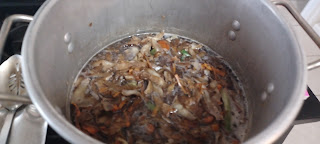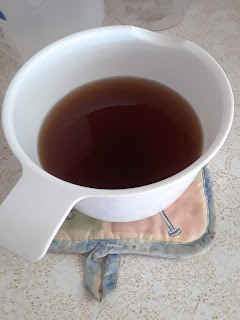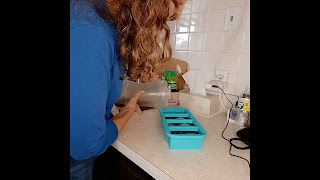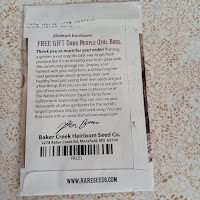Instead of throwing out vegetable scraps, leftover vegetables, and other bits and pieces, turn them into a broth to use in your cooking.
This practice has several benefits. You save money. You produce less that needs to be thrown out. And you know where your food has come from.
Vegetable Broth from Scraps
Watch the video then scroll down for more detailed instructions.
Please note - this article may contain affiliate links. If you click through and make a purchase, I will receive a small compensation at no additional cost to you.
What to Save
Whenever you peel a potato or carrot, when you cut the ends off celery or squash or snap the ends off beans or peas, you probably throw that away. I did for years. Somewhere in my mind, however, I thought there must be a way to use these cast-off bits.
One way is to save them in the freezer. When you fill a bag or two, you have enough to make the broth. How much you need depends on what size pot you have and how much space you have to store the broth.
Dump saved vegetable scraps into a pot large enough to hold the vegetables and water. Cover and turn to low-to-medium heat. As vegetables begin to thaw, use a spoon to break them apart. Once they are broken apart, add water until about halfway up the side of the pot.
Cover and let simmer about 45 minutes.
It will look something like this when it is done.
Strain the Broth
Now it is time to strain the broth. I begin with a large strainer to get the pieces of vegetables and peels. Then I pour it through a finer strainer to catch more bits and pieces.
The broth is now ready to use just as you would any broth you bought. I like to use it to season rice and to make mushroom gravy to serve with pork chops.
Saving the Broth
If you save a bag or two of vegetable scraps, you will get a lot of broth when you make it. To save it, you could can it or you can freeze it, which I prefer. It is easy to pull out and thaw whenever I need some.
I like to freeze mine in an ice cube tray. When frozen, pop it out and put in a freezer storage bag.
I originally used an ice cube tray, each section holding about 1/3 cup of liquid. I recently purchased a freezer tray from
Souper Cubes. I got the 1-cup size, which is the amount I often find I need. I love them, and realize I need a second tray!
Use whatever size container you have available. Be sure to fill it with water to know how much it will hold so you know how many of them you will need when cooking.
That's all there is to it! You can add seasonings when you cook the broth, but I prefer not to so I can season whatever I use it with.
Notes:
I have also found that when you use a lot of celery scraps, it smells overwhelmingly of celery while it is cooking. The taste, however, is not of celery.
I've read where others suggest NOT using asparagus or tomatoes in a vegetable broth. I've never tried either, so I can't comment.
When you strain out the vegetables, compost them if you can. They are cooked and should break down fast.
If you have any questions, leave a comment. If you try it, let me know!

